In 1971, a 28 year-old bought the rights to Burger King in Australia. But upon realizing the trademark was taken, he rebranded to “Hungry Jack’s”. After growing it into a national brand, Burger King tried (& failed) to overthrow his empire.
Here’s how Jack Cowin beat The King.
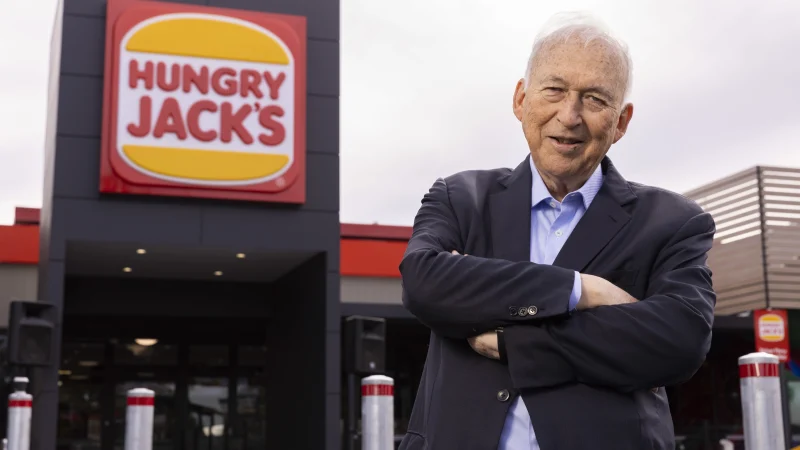
Born in Canada in 1942, Jack Cowin went into life insurance sales after graduating college. In the mid-1960’s, his father returned from a business trip in Australia & told him it’d be a great place to move. So in 1968, Jack moved with little money, but tons of ambition. After arriving in Australia, Jack noticed the lines at a Chinese takeout restaurant were VERY long. This led him to believe there was a huge gap in the market for fast-food. So he convinced 30 people to give him $10K each, and in 1969 opened the first KFC in western Australia.
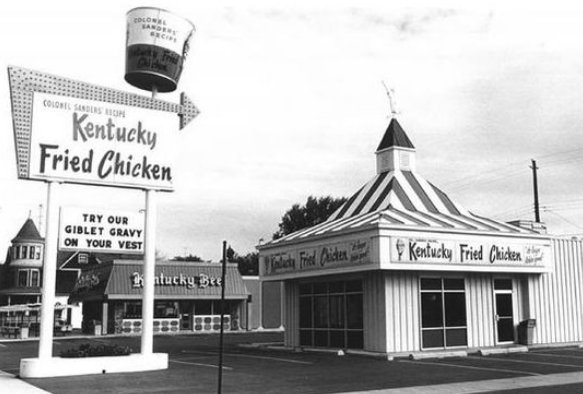
“It was like drilling for oil and hitting a wildcat well. It was an instant success.” Within a few years, Jack had several KFC locations to his name. Then in 1971 when Burger King was eyeing the Aussie market, Jack saw major potential and jumped at the opportunity. He purchased the rights to the entire country.
But in 1966, an American immigrant registered the ‘Burger King’ trademark & had already expanded to 17 locations.
Unable to buy the trademark, Cowin and Burger King moved ahead with the name “Hungry Jack’s” instead.
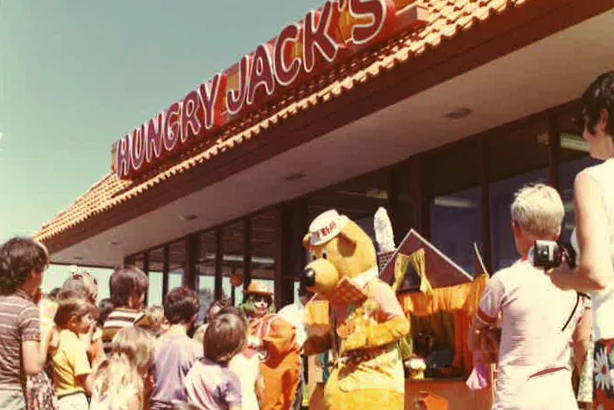
On April 18th, 1971, the first Hungry Jack’s opened. Much like KFC it quickly took off, & in 10 years he built 40+ locations. When Cowin’s agreement was set to renew in 1990, Burger King didn’t hesitate to re-sign it. But the updated contract had new terms written in. In the renewed agreement, Burger King stipulated any new restaurant was “subject to their financial + operational approval”. This played a pivotal role, because in 1995 they froze all of Hungry Jack’s expansion plans. They cited poor operational standards as the reason. BK was exploiting a technicality, as Cowin was using outdated operating procedures. But only because Burger King deliberately withheld sending up-to-date ones. Even so, Cowin’s locations were performing fine, and he had even struck a partnership with Shell to further expansion.
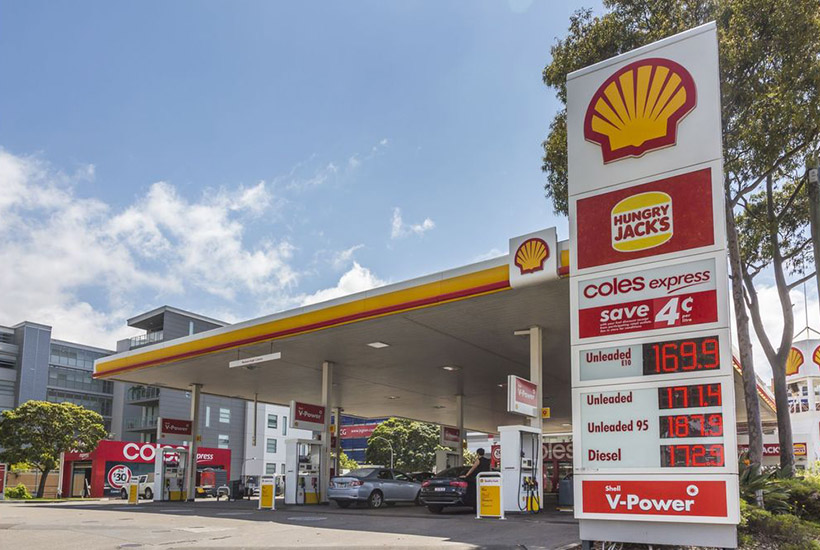
In 1996 things got worse – the ‘Burger King’ trademark expired, so Burger King corporate started opening up dozens of their own locations. Cowin refused to sit by idly and watch Burger King overtake Hungry Jack’s, so he took them to court. Burger King offered to acquire Hungry Jack’s as a settlement, but Cowin rejected it. It was $18M less than what he felt his locations were worth. So the trial went on for a grueling 5 years. “If we lose, it’s going to cost us $100 million in legal fees and owed royalties”. Finally, the night before the court decision, Cowin felt the pressure & called his lawyer:
“In the grand scheme of things of what we could lose…we should settle”.
So he rang Burger King HQ, who seemed relieved to get the call. BK agreed to fax a deal confirmation by morning..
But the morning of June 21st, 2001, Cowin was in shock at the fax he woke up to:
“No deal. If you thought there was a deal, you’re wrong”.
2 hours later…
The court ruled in Hungry Jack’s favor! Burger King owed Cowin $70-$75 million in damages.
Only later did Cowin find out why the deal fell apart: BK’s executives were so perplexed Cowin would settle after 5 hard years of fighting, that they concluded he’d only do so if he had an inside source that he lost the case.
Burger King gambled with that decision and lost!
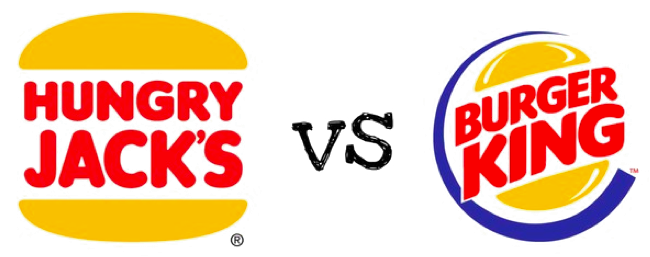
Following the ruling, Burger King rebranded all of their 81 locations to Hungry Jack’s. They also invested $150 million into Hungry Jack’s to build 100 new restaurants. This was done in “the spirit of a mutually successful business relationship”. Jack Cowin is now worth $2.9 billion and is the 24th wealthiest person in Australia. To this day, you won’t find a single Burger King down under. But you will find Hungry Jack’s. 443 of them to be exact.